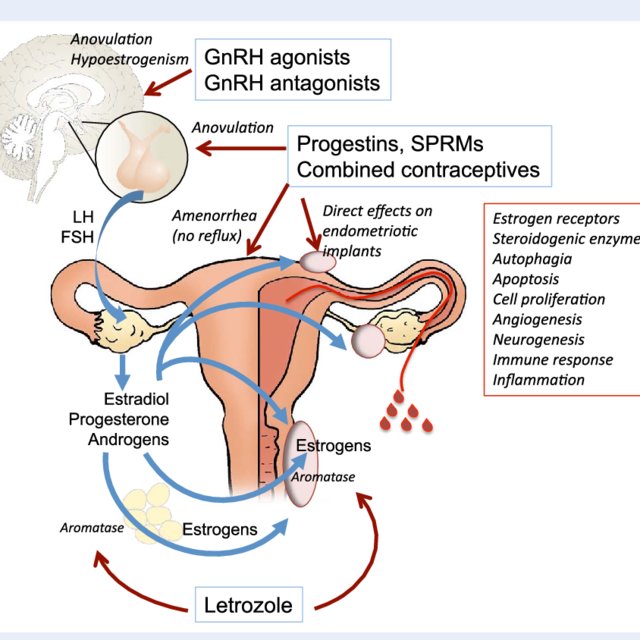
By Pamela Stern
Have you ever had severe pain in your stomach and it felt like you were being stabbed and it hurts from the front of your stomach and also in your lower back? Have you gone from doctor to doctor and have not had any relief? This is not uncommon for women who have Endometriosis. Most women live with this pain in silence, because they think that it is part of their menstrual cycle. This is a commonly misdiagnosed disease.
What is Endometriosis?
Endometriosis is a disease of the female reproductive system in which cells similar to those in the endometrium, the layer of tissue that normally covers the inside of the uterus, grow outside the uterus. Most often this is on the ovaries, fallopian tubes, and tissue around the uterus and ovaries; however, in rare cases it may also occur in other parts of the body beyond the pelvic organs. “Endometriosis typically affects women during their menstruating years – also known as their “reproductive years”. These are typically the years between the onsets of menstruation until menopause. It is estimated that 176 million women across the world has endometriosis,” as stated on Endometriosis.org’s website.
Symptoms
The primary symptom of endometriosis is pelvic pain, often associated with menstrual periods other symptoms may include: painful periods, pain with intercourse, pain with bowel movements or urination, excessive bleeding, or infertility. Endometriosis is sometimes misdiagnosed as other conditions that can cause pelvic pain, such as pelvic inflammatory disease (PID) or ovarian cysts. It may be confused with irritable bowel syndrome (IBS).
Diagnosis
Unfortunately there are no simple tests that can be used to diagnose endometriosis. Presently the only reliable way to definitively diagnose endometriosis is by performing a laparoscopy and to take a biopsy of the tissue.
Treatment
According to the World Health Organization, there is no known way to prevent endometriosis. Enhanced awareness, followed by early diagnosis and management may slow or halt the natural progression of the disease and reduce the long-term burden of its symptoms.
Although there is no known cure for endometriosis, there are treatments that may help relieve your symptoms. You will need to discuss with your doctor your symptoms, and how they affect your daily life. Treatment consists of medications and/or surgery depending on symptoms, lesions, desired outcome, and the patient’s choice. Contraceptive steroids, non-steroidal anti-inflammatory medications, and analgesics (painkillers) are common therapies. All must be carefully prescribed and monitored to avoid potentially problematic side effects. Some treatments may include hormonal treatments, which could consist of oral medications, or injections depending on the severity of your condition.
Some women with Endometriosis may consider having surgery. Laparoscopic surgery is the only definitive way to diagnose endometriosis, and in most cases the disease can be diagnosed and treated in the same procedure. This does not mean that you are completely rid of endometriosis by having surgery. During surgery the physician can perform either an excision, which removes endometrial implants by cutting them away from the surrounding tissue with scissors, a very fine heat gun or a laser beam. The technique does not damage the implants, so the physician is able to send a biopsy of the excised tissue to the pathologist to confirm that it is endometriosis and not cancer or another condition. An excision allows the physician to separate the implants from the surrounding tissue, ensuring that the entire implant is removed and no endometrial tissue is left. Your physician could also perform a coagulation that destroys implants by burning them with a fine heat gun or vaporizing them with a laser beam. When coagulating implants, care must be taken to ensure that the entire implant is destroyed, so it cannot regrow.



